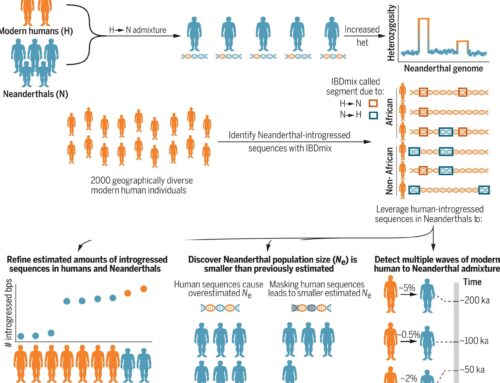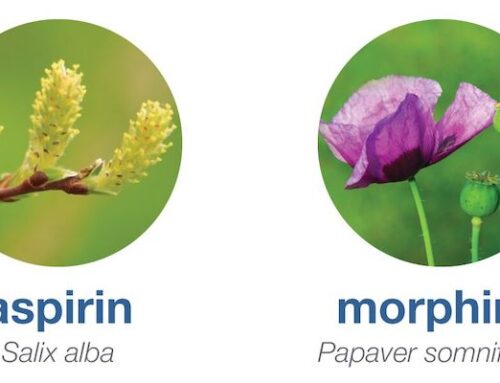Article courtesy of Ars Technica
She severs sea slugs down by the seashore… or rather, Sayaka Mitoh does so in the lab.
At least two species of sacoglossan sea slugs are capable of severing their own heads from their bodies and then growing an entirely new body, including a heart and other internal organs. The authors of a new study published in the journal Current Biology postulate that the secret to the decapitated slugs’ survival might lie in the algae that makes up the majority of their diet.
It’s a type of self-amputation known in biological circles as “autotomy,” and many species exhibit some form of the phenomenon, most notably lizards and salamanders, which shed their tails (caudal autotomy) to evade predators (the tails usually grow back). Sea cucumbers can respond to stressful situations by ejecting their internal organs, which then regenerate. Starfish can shed their arms; sometimes those arms grow into new starfish. It’s much more rare in mammals, but there are two species of African spiny mice that can shed their skin to escape a predator’s clutches, regenerating all the damaged tissue (including hair follicles, sweat glands, fur, and cartilage).
Other species of sea slug, apart from those used in this latest study, will respond to being handled by dropping their “mantle skirt,” (which forms much of the slug’s dorsal surface area. But the ability to separate the head from the entire body—and not only survive, but regenerate—is an extreme form of autotomy that hasn’t been observed until now.
Co-author Sayaka Mitoh is a graduate student at Nara Women’s University in Japan, working in the lab of Yoichi Yusa. The researchers raise sea slugs and study them over the course of their lab-centric lives. One day a few years ago, Mitoh was observing the sea slugs and noted that one—of the species Elysia marginata—had lost its head. She was shocked to see that the head was still moving around in the tank, feeding on algae as if nothing was amiss. Even more surprising was that the wound appeared to be self-inflicted: the slug had removed its own head, apparently after dissolving the tissue around its neck.
“We were surprised to see the head moving just after autotomy,” said Mitoh. “We thought that it would die soon without a heart and other important organs, but we were surprised again to find that it regenerated the whole body.” And it only took three weeks to do so.
Fascinated, she and Yusa decided to investigate further. They selected adult specimens of Elysia marginata that had been grown in the lab, descendants of sea slugs collected at Japan’s Domori Shore in October 2018. They also selected sub-adult specimens from the related species, Elysia atroviridis, collected from April to July 2019 on Mukaishima Island. About 33 percent of the Elysia marginata specimens lost their heads during their lifetime, and one even did so twice after regrowing its body the first time.
The heads continued to move and function despite lacking a body (or kidneys, or a heart, or intestines, or most of the reproductive organs), regularly feeding on algae. The wound at the neck closed up within a day, and all decapitated specimens regrew their bodies within about 20 days. The severed bodies also continued to move and react to touch for several days or even months. But they grew pale and shrank over time and eventually decomposed. “The beating of the heart was visible just before the body decomposed,” the authors wrote.
Mitoh and Yusa reported similar findings for the Elysia atroviridis specimens. Many of those were hosting a copepod parasite (Arthurius sp.), and of those who shed their heads, two regenerated their bodies within a week. Another 48 percent of those specimens lost part of the bodies over time, eventually ejecting the parasites. Roughly one-third of those regrew their bodies; the rest died. The specimens without the parasite didn’t shed their bodies at all.
As a supplementary experiment, for six of the Elysia marinata specimens, Mitoh and Yusa induced autotomy by gently tying nylon string on a groove at the neck—the site they suspected to be the “breakage plane.” Tissue started noticeably decomposing at the site within 16 to 18 hours, and all but one of the specimens had offed their own heads after 18 to 22 hours. (The final specimen finally shed its head after nine days, perhaps because the string had shifted off the breakage plane.) They also tried imitating a predator attack by pinching the heads of another sampling of sea slugs, but this did not induce autotomy.
Unlike autotomy in other species, these two types of sea slugs do not seem to shed their bodies in response to predatory threats. The authors note that adult sea slugs don’t have that many natural predators, and given how long it took for the specimens to detach their heads from their bodies, it wouldn’t be a useful strategy to escape a predator anyway.
Based on the findings of their experiments, the authors suggest that the real function of this behavior is to expel parasites—at least in Elysia atroviridis. Similar function has also been observed in earthworms infected with a protozoan parasite. “Alternatively, but not mutually exclusive to this idea, autotomy by the sacoglossans may function to escape from being tangled in algae or to remove accumulated toxic chemicals,” the authors wrote.
As for the regeneration of entire bodies—and the ability to still eat algae without a functioning digestive system—Mitoh and Yusa note that these two species have digestive glands that cover most of the body surface, including the head. That gland is lined with special cells capable of maintaining the chloroplasts—centers of photosynthesis—from the algae the severed head consumes. The authors suggest that the energy for survival and regeneration is the result of internal photosynthesis (kleptoplasty), keeping the sea slug heads alive even without the ability to digest food.
However, “the reason why the head can survive without the heart and other organs is unclear,” the authors wrote, and thus is grounds for further study. “As the shed body is often active for months, we may be able to study the mechanism and functions of kleptoplasty using living organs, tissues, or even cells,” Mitoh said. “Such studies are almost completely lacking, as most studies on kleptoplasty in sacoglossans are done either at the genetic or individual levels.”



